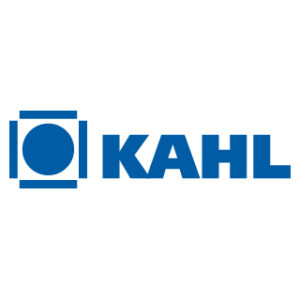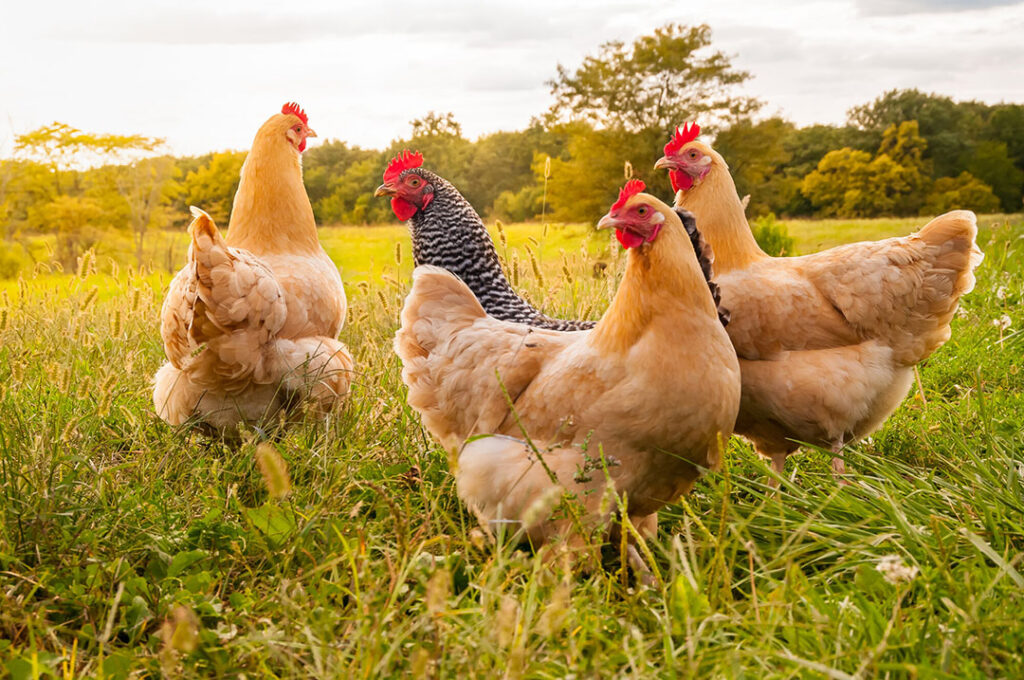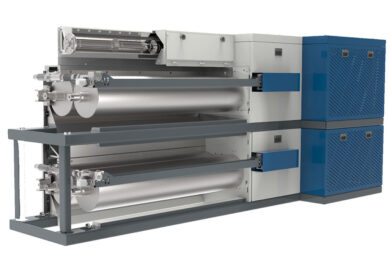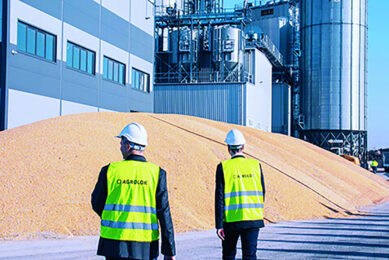Expander produces powerful feed
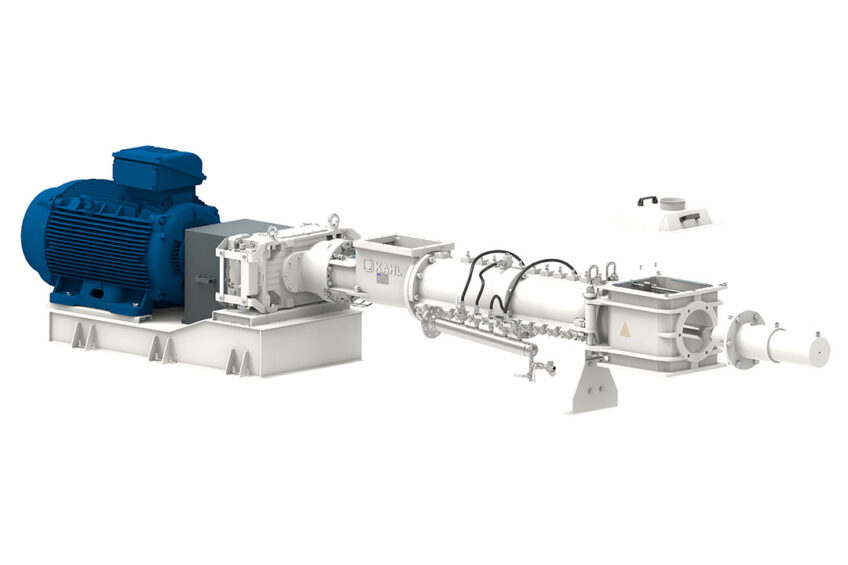
Farmers attach importance to high-quality feed for their animals. At the same time, the feed should be inexpensive, the more so in view of the recent increase in raw material costs. Then there is the animal itself: whether cattle, pig or chicken – the demands on a healthy and performance-boosting diet vary greatly depending on the species. Compound feed producers must combine the latest scientific findings with a cost-effective technology. One of the currently most successful conditioning methods is expansion.
The production of feedstuff requires many different production steps. The expander plays a key role in compound feed production technology. It is used in a variety of feed production processes, including mixing and kneading, homogenisation and agglomeration, as well as short-term conditioning. Thus, the all-rounder is not only used at the end of the production process to obtain Expandat, but already in preparation of pelleting. At the same time, it enables the specific improvement of individual feed components.
In order obtain the desired nutritive, hygienic and physical properties of the compound feed, this technology uses the interplay of humidity, temperature and pressure. With these parameters, it reliably breaks down plant cells and microorganisms. It depends on the desired result whether the expander is used as part of the respective feed production process or as a stand-alone machine. When used prior to pelleting, for example, the output of the corresponding pellet mill can usually be increased by more than 25%, and in some cases even by up to 50%. Furthermore, an improved pellet quality with significantly reduced abrasion values is achieved.
The all-rounder combines animal health with economic efficiency
Due to the flexible treatment intensity, a wide variety of products can be processed. The expander allows precise control of the individual process parameters. Data which are important for proper process control are recorded and displayed. The user can reliably set the desired energy input via the variable positioning of the cone. In the pellet mill, by contrast, the heat development that invariably takes place in the die can usually not be recorded, so that it is not possible to draw conclusions regarding the effect of temperature on feed and ingredients.
Targeted results through pressure, temperature and humidity
AMANDUS KAHL is one of the leading specialists for plant engineering in the fi eld of feed production. Today, the mechanical engineering company is a pioneer in the design and manufacture of expanders, with KAHL annular gap expanders having been part of the machine repertoire for more than 35 years. “The success of this technology is mainly due to the fact that it enables animal nutrition to be as targeted as possible,” says Felix Tometten, animal nutritionist in the Research and Development department at AMANDUS KAHL.
The expander is driven energy-efficiently by a gear with integrated main bearing. It consists of a thick-walled mixing tube equipped with wear-resistant dosing, mixing and kneading elements. Unlike the extruder, which is provided with a die at its front end, the expander end is equipped with a hydraulically adjustable cone which forms an annular gap with the fixed outlet ring.
By means of adjusting the cone during operation, pressure, intensity of expansion, product heating and energy consumption can be controlled and programmed continuously and without delay. Depending on the product, the pressure is between 5 and 120 bar, the working temperatures at the expander outlet are between 90 and 130°C for most applications, depending on animal species and feed, but for more specific applications they can be higher. The conditioned product is discharged from the machine via the cone. The pressure drops, the product expands and part of the added water evaporates (known as “flash evaporation”). Post-drying is usually not necessary. The particle size of the expanded product can be determined by means of the downstream crushing device.
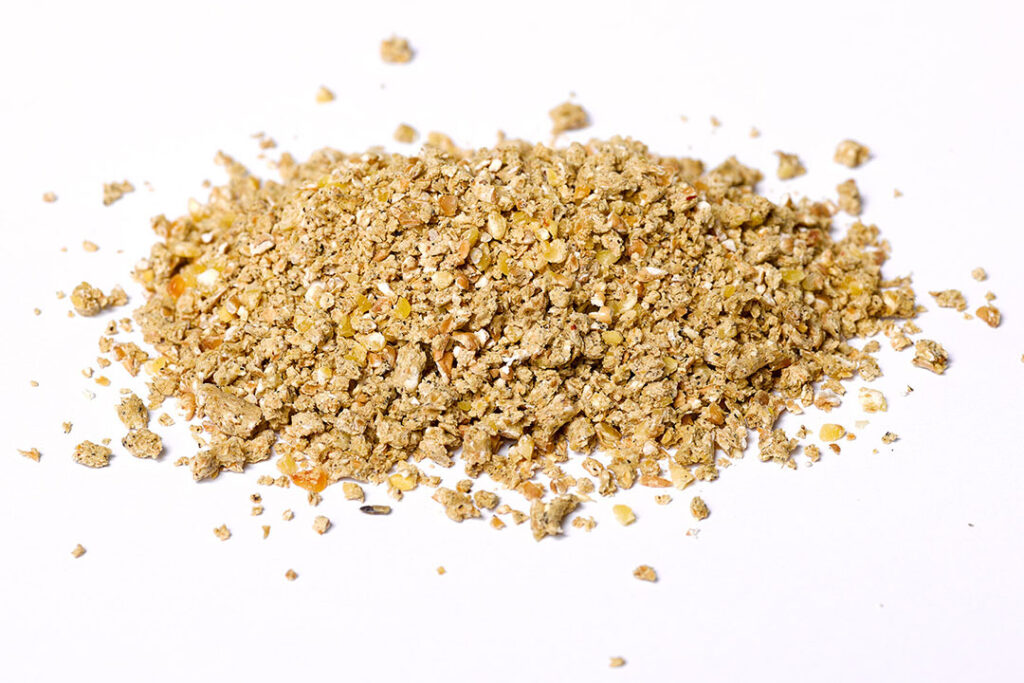 Refined feed for higher animal welfare
Refined feed for higher animal welfare
The expander is therefore a key element for successful and economical animal nutrition. The feed produced with this machine has enormous advantages in poultry, pig and dairy feeding. The expansion produces positive nutritional effects such as … the increase of metabolisable energy in the feed.
And what is more, feed production using the expander is totally hygienic. The interaction of pressure and heat in the machine reliably kills pathogenic germs. This is particularly important in the production of layers feed. Since this type of feed is not usually pelleted, the expander ensures the hygienic treatment that otherwise is provided by the flat die pellet mill technology. Unwanted pathogens in the final products, for example salmonellae, thus do not stand a chance. Pigs benefit from this technology too, as they are also susceptible to various pathogens.
Specific starch digestion increases digestibility
Due to expander treatment, nutrients such as starch and protein are modified more intensively and can be better utilised by the animal. When it comes to starch modification, the KAHL crown expander – an advanced variant of the annular gap expander – is particularly suitable. Due to the hydraulically adjustable cone, processing is started and stopped with the machine open and empty. The intelligent control system and the hydraulic unit ensure continuous and safe operation even with varying operating conditions. Different crown shapes and direct crushing result in products with a defined structure and shape. This increases the digestibility of grains such as maize, wheat and barley.
When they are fed grains modified by expansion, starch digestion in pigs takes place in the anterior part of the intestine, for example. This prevents an excessive amount of undigested starch from entering the large intestine – to the benefit of the animals’ intestinal health and performance. This is particularly important in rearing. Research shows that a starch modification of 60 to 70 per cent can improve the weight gain of young piglets. This is especially beneficial in the critical weaning phase. When fed expanded feed, the piglets are more vital and losses are easier to avoid. At the same time, the modified grain increases the stimulation of enzyme activity. Thus, the animals get used to grain based compound feed quickly.
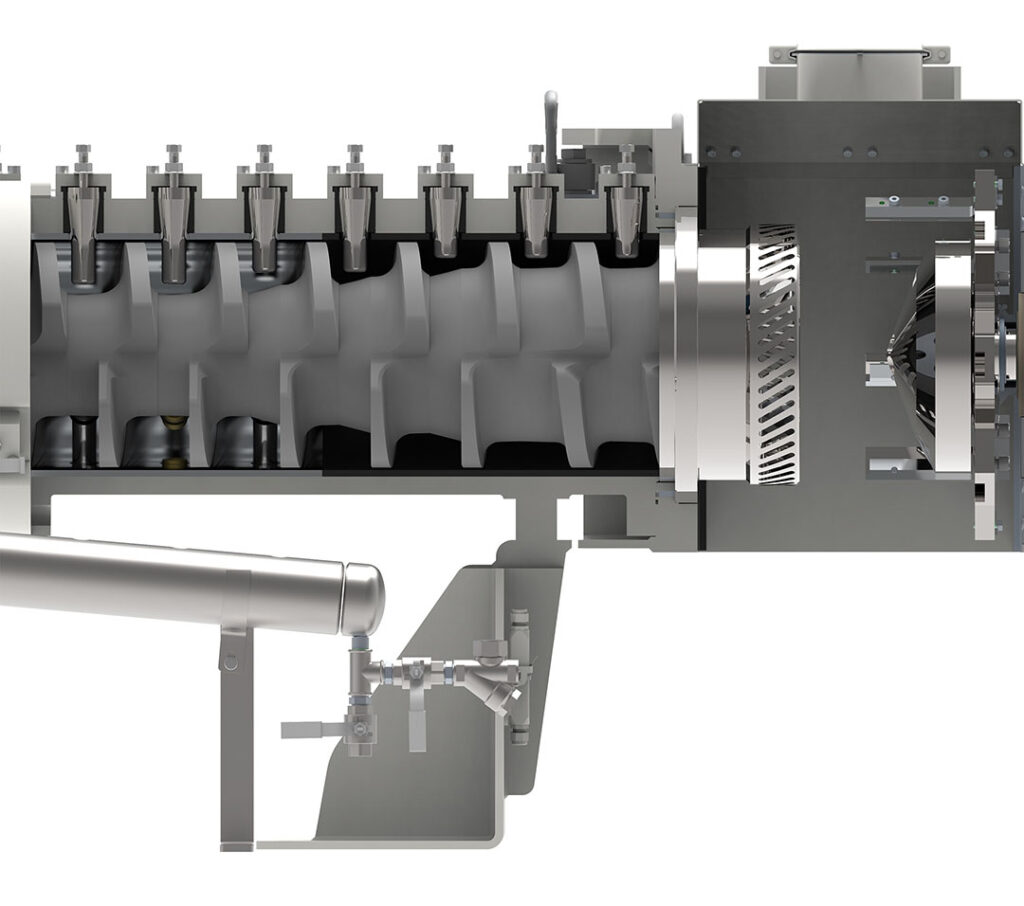
Maximum performance through optimised protein intake
Expander technology also has beneficial effects on the digestion of proteins. For cattle feed, it is primarily used to influence the digestibility of proteins in the rumen and small intestine. This is achieved through specific temperature control. It alters protein availability in protein-rich feeds such as full-fat soybeans and soybean and rapeseed extraction meal. The proportion of ruminally undegraded protein increases, and digestion only takes place in the small intestine. The following rule applies here: the higher the temperature, the higher the rumen stability. The result is optimal feeding of the dairy cow, which in turn is reflected in maximum milk yield. At the same time, the expander reduces antinutritional factors such as trypsin inhibitors in soybeans. Trypsin inhibitors impair protein digestion, especially in young animals, as the enzyme balance in their digestive tract is not yet fully developed. The reduction of trypsin inhibitors leads to an increase in nutrient intake and thus to a reduced amount of feed required.
Also by-products from legumes such as beans and peas are excellent feed components. These raw materials offer several advantages. Expanded husks of legumes such as peas or soybeans, which still contain residual parts of the bean, can be used as a protein source in feed mixtures. At the same time, expanded by-products such as seed coats can be used as a low-cost raw fibre component in feed production to increase the nutritional value.
Practical structure and tastiness
The particular structure of expanded feed has proven itself in practice. Compared to mealy feed, expanded feed has a better water solubility and is therefore ideally suited for liquid feeding. It is also extremely homogeneous, which prevents segregation of the raw components as the feed is transported to the trough. In laying hens, which often only pick out the tastiest components with their fi ne beak, it prevents selective food intake. All feed fractions have the same composition. This ensures that the animals consume all the nutrients they need, regardless of their respective preferences.
That said, expanded feed can also boast tastiness. The addition of water vapour improves smell and taste which increases acceptance by the animals.
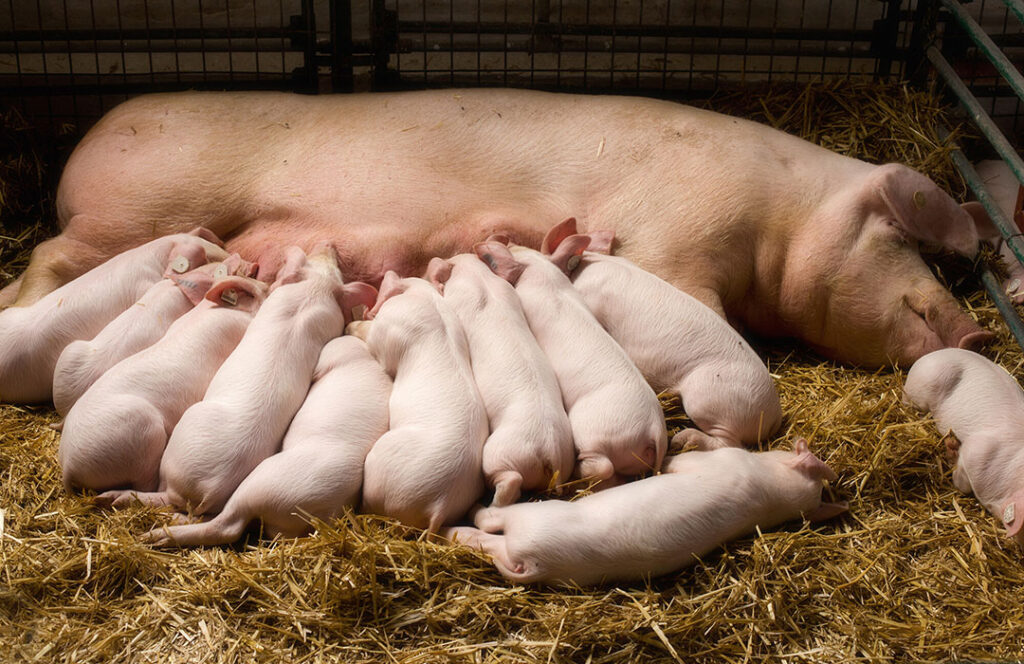
Same performance with less feed input
In addition to the positive effects on animal health, the use of an expander also pays off in terms of economic efficiency. Tests have shown that expanded and pelleted feed with a lower energy content can ensure the same animal performance as a pelleted feed without expander treatment. The fact that the animals can better digest the main energy sources in the feed brings about both a significant reduction in feed costs and better feed conversion.
Here is an example from broiler fattening: due to an improved digestibility of starch, fat and proteins, 50 – 70 kcal. of total energy per kilogram can be saved with a formula that has been expanded before pelleting. The performance of the animals remains the same. Depending on the selected raw components, this results in cost savings of €5 to €7 per tonne of compound feed.


